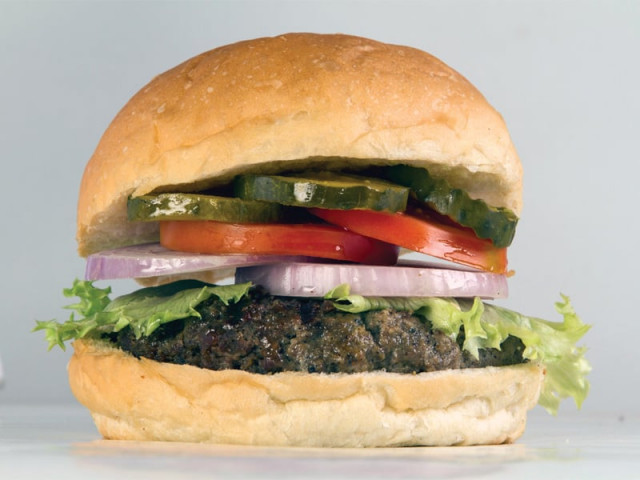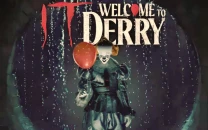First taste of test-tube burger declared 'close to meat'
It was created by knitting together 20,000 strands of laboratory-grown protein, combined with other ingredients.

The burger was cooked and eaten in front of television cameras to gain the greatest media coverage for the culmination of a five-year science experiment.
Grown in-vitro from cattle stem cells at a cost of 250,000 euros ($332,000), the burger was cooked and eaten in front of television cameras to gain the greatest media coverage for the culmination of a five-year science experiment.
Resembling a standard circular-shaped red meat patty, it was created by knitting together 20,000 strands of laboratory-grown protein, combined with other ingredients normally used in burgers, such as salt, breadcrumbs and egg powder. Red beet juice and saffron were added to give it colour.
The two food tasters were reserved in their judgement, perhaps keen not to offend their host at the London event, noting the burger's "absence of fat".
Pressed for a more detailed description of the flavour, food writer Josh Schonwald said the cultured beef had an "animal protein cake" like quality to it, adding that he would like to try it with some of the extras often served with traditional burgers - salt, pepper, ketchup and jalepenos.
Even the scientist behind the burger's creation, vascular biologist Mark Post of Maastricht University in the Netherlands, was relatively muted in his praise of its flavour.
"It's a very good start," he told the hundreds of reporters who had gathered to watch the meat being cooked and served.
The Dutch scientist's aim was to show the world that in the future meat will not necessarily have to come from the environmentally and economically costly rearing and slaughtering of millions of animals.
"Current meat production is at its maximum - we need to come up with an alternative," he said



















COMMENTS
Comments are moderated and generally will be posted if they are on-topic and not abusive.
For more information, please see our Comments FAQ